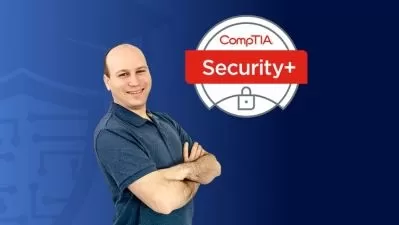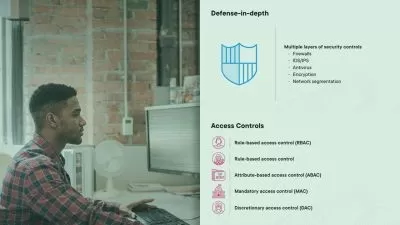Architecture and Design for CompTIA Security+
Christopher Rees
5:39:43
Description
This course will teach you the fundamentals and key concepts around the security architecture and design, and how your organization implements and utilizes various tools and technologies to secure the environment.
What You'll Learn?
In this course, you’ll learn about the tools and technologies used to secure the environment. First you’ll learn various methods to ensure data is secure, changes are tracked, and disruptions are minimized. Next, you’ll learn how virtualization and cloud computing can be leverage securely to enhance both productivity and security. Then, you'll learn about automation, resiliency, and failover to strengthen your company’s security posture. Lastly, you’ll dive into the basics of cryptographic concepts to ensure data is secure at-rest, in-transit and in-use. When you’ve finished this courses, you’ll have the knowledge required to pass the architecture and design section of Security+, along with the skills needed to help ensure your companies critical data and assets are secure from attacks both internal and external.
More details
User Reviews
Rating
Christopher Rees
Instructor's Courses
Pluralsight
View courses Pluralsight- language english
- Training sessions 200
- duration 5:39:43
- level preliminary
- Release Date 2023/01/24











